Ever wondered how you can grow your own food in a way that’s easy, natural, and keeps giving year after year?
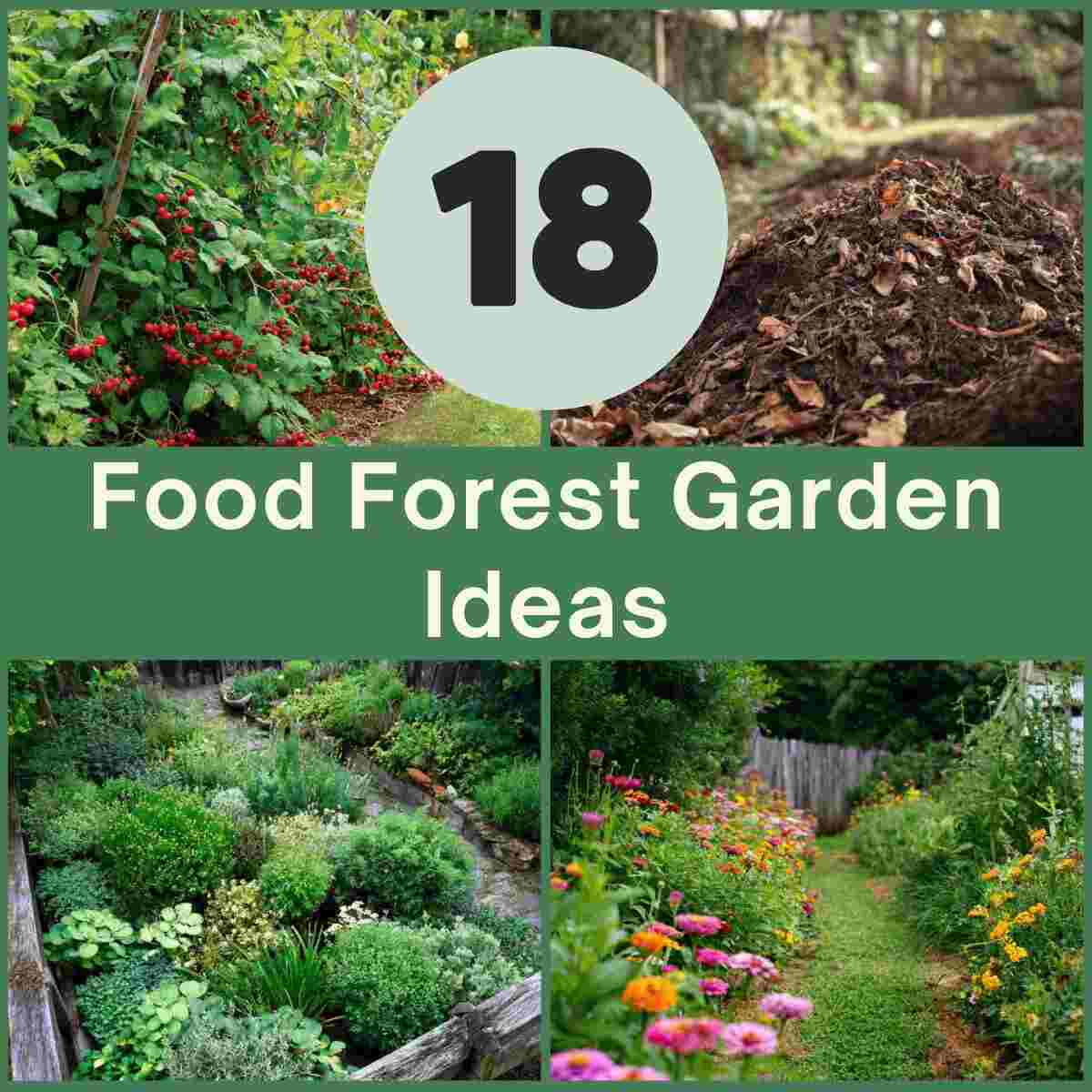
Want to grow your own food like a forest does—layer by layer, with less work and more harvest?
These Food Forest Garden Ideas show simple and smart ways to create a garden that takes care of itself and feeds you too.
1. Permaculture Orchard
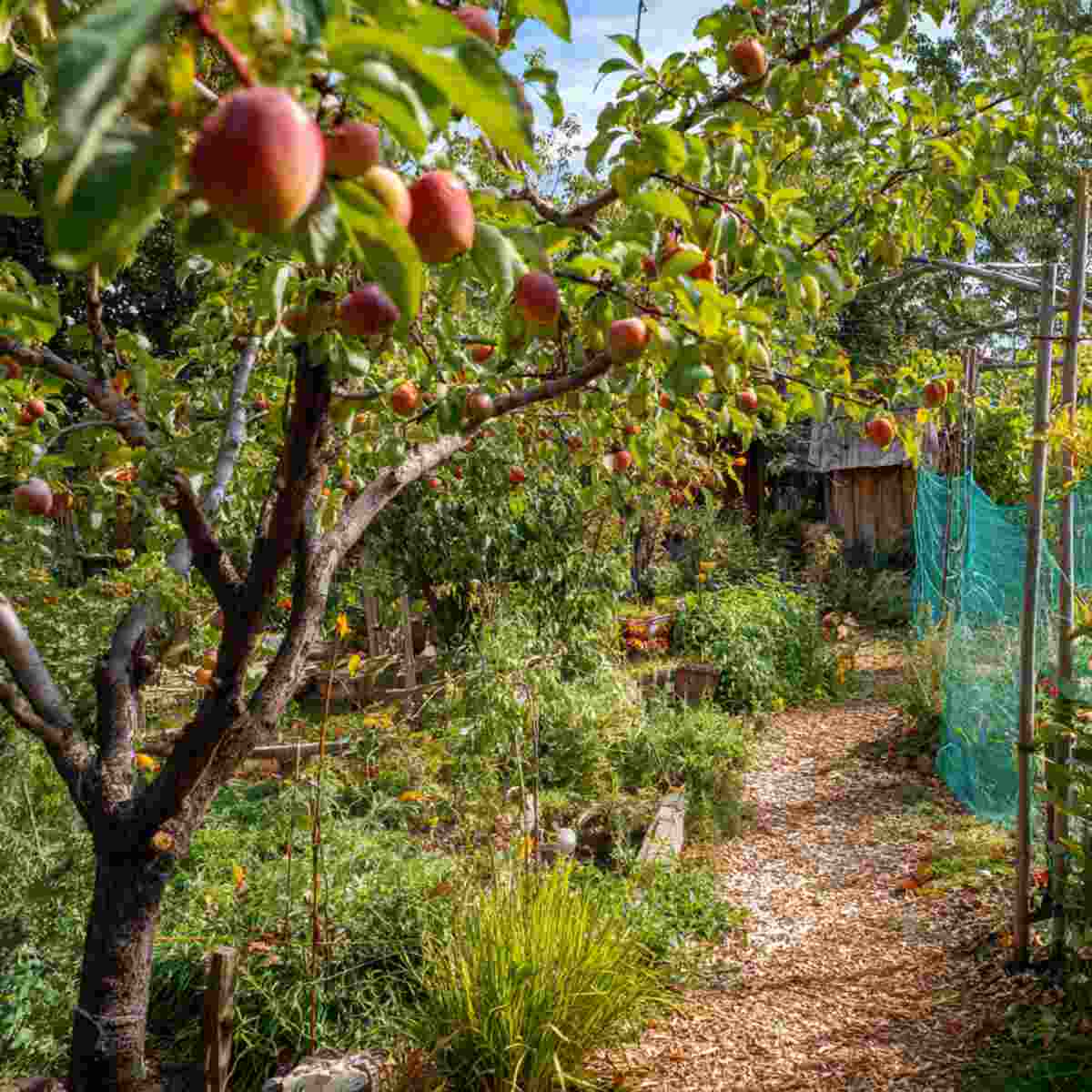
A permaculture orchard is a foundational concept in Food Forest Garden Ideas, integrating a variety of fruit trees arranged for mutual benefit.
It emphasizes diversity, resilience, and sustainability by mimicking natural ecosystems.
This setup reduces the need for chemical inputs while providing a steady yield of fresh fruits.
See, 20 Sustainable Permaculture Garden Ideas You Can Try Today
2. Medicinal Herb Layer
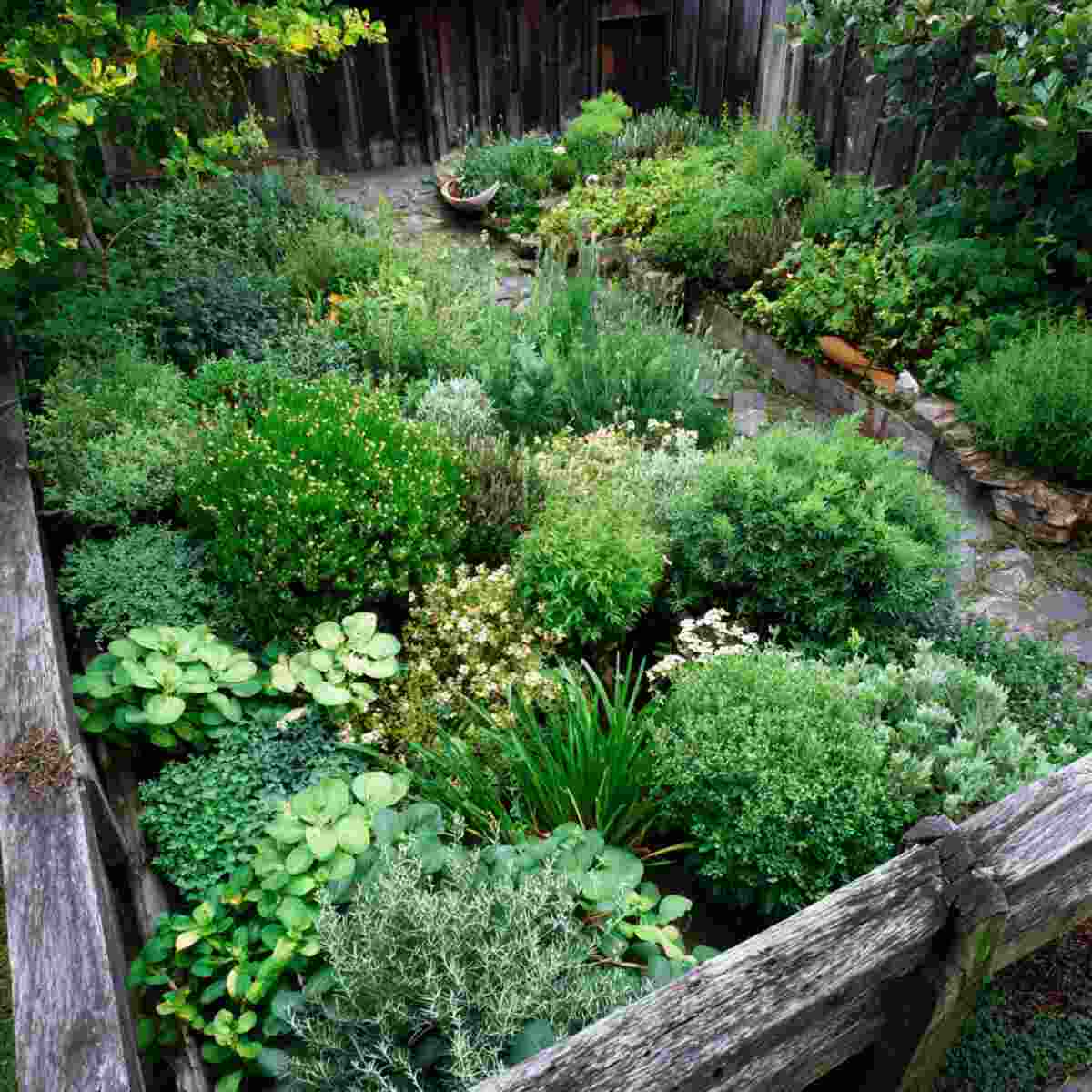
The medicinal herb layer brings functionality and healing into your garden, making it an essential part of Food Forest Garden Ideas.
Herbs like chamomile, echinacea, and yarrow support pollinators and human wellness.
They also enhance biodiversity and can act as natural pest deterrents.
Watch, 21 Herb Garden Ideas for Your Kitchen, Patio, or Balcony
3. Mushroom Log Stack
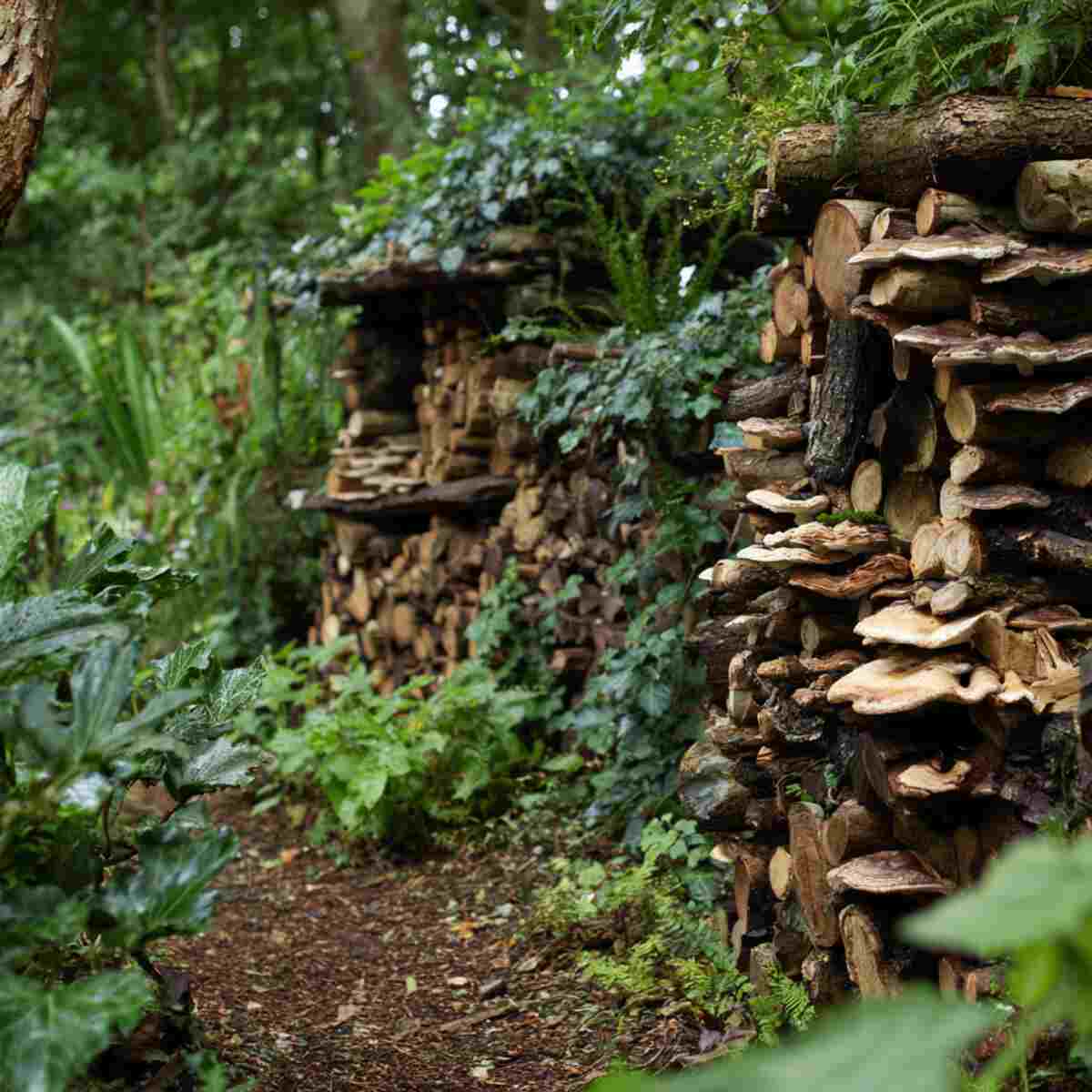
Including a mushroom log stack is a brilliant addition to Food Forest Garden Ideas as it utilizes shaded or damp spaces effectively.
Growing mushrooms like shiitake or oyster on logs adds a nutritious yield without competing with sun-loving plants.
Plus, mushrooms aid in decomposition and nutrient cycling.
See also, 25 Creative Forest Garden Ideas for Your Green Paradise
4. Berry Patch Border
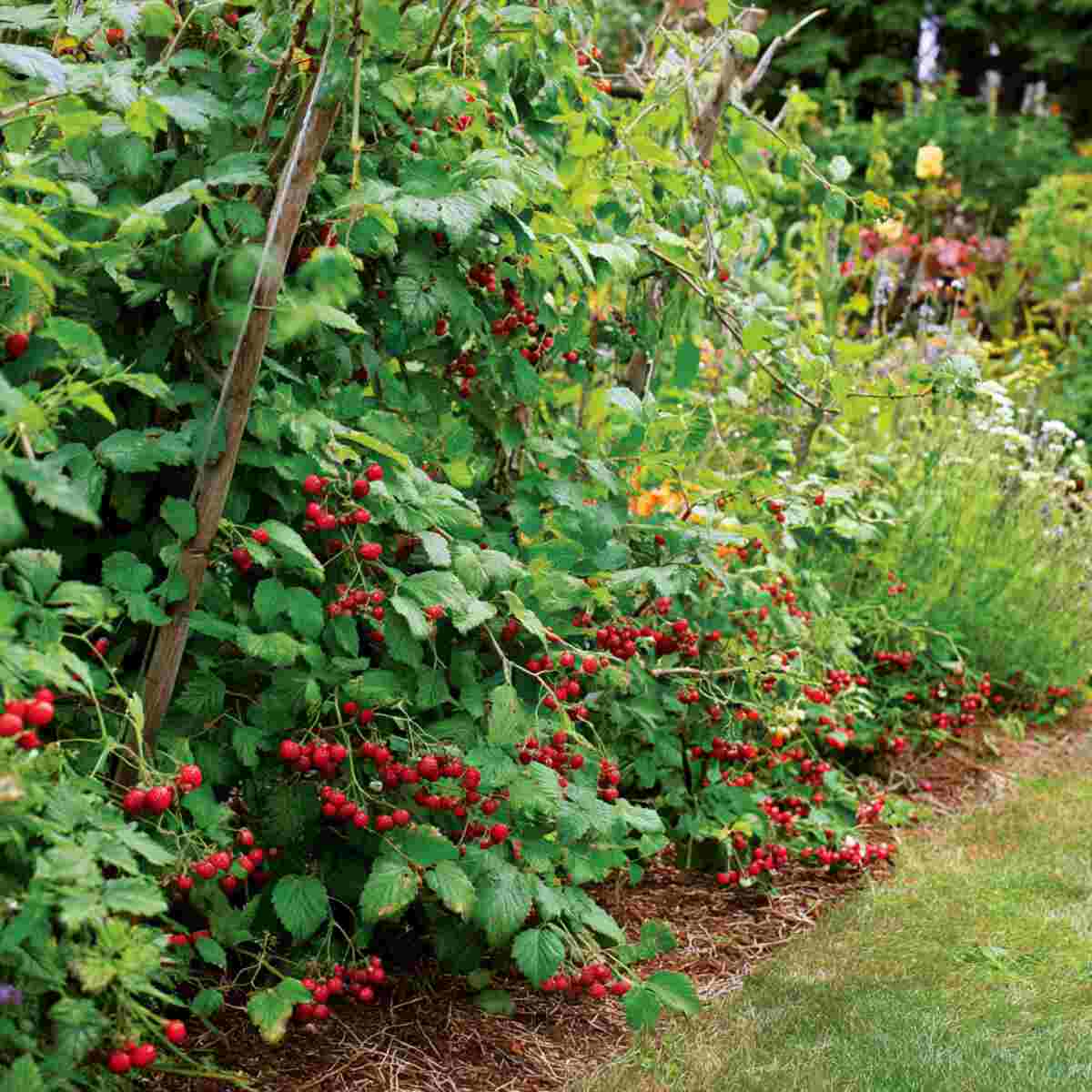
A berry patch border helps define garden edges while producing nutrient-dense fruits, making it a dual-purpose feature in Food Forest Garden Ideas.
Raspberries, blueberries, and currants provide food and habitat for beneficial wildlife.
This layering enhances visual appeal and food security.
5. Edible Ground Cover Carpet
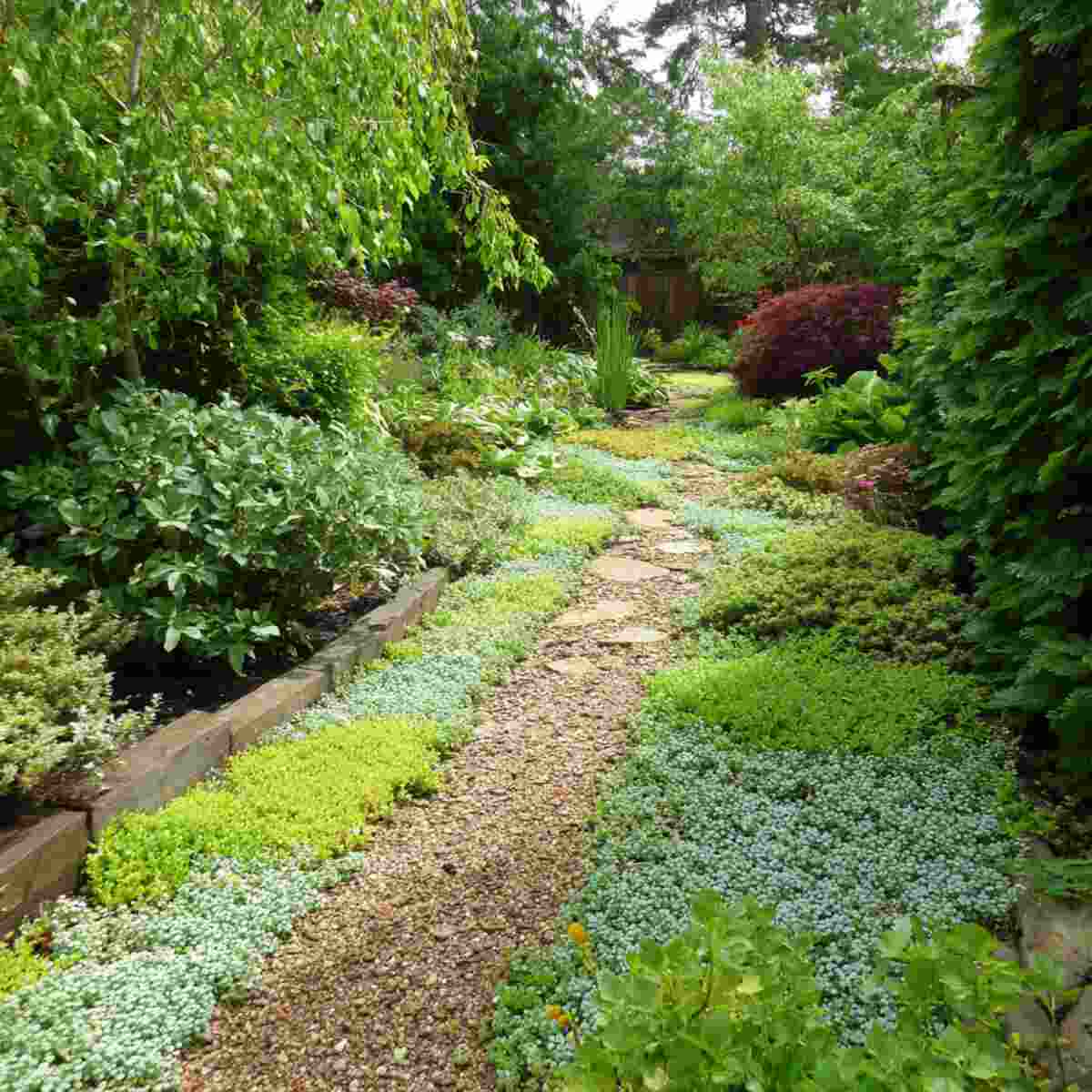
Using low-growing edible plants like creeping thyme or strawberries as ground cover supports soil health and moisture retention.
It’s a crucial strategy in Food Forest Garden Ideas to reduce erosion and suppress weeds naturally.
Plus, these plants often offer flavorful rewards and vibrant ground coverage.
6. Pollinator-Friendly Flower Strip
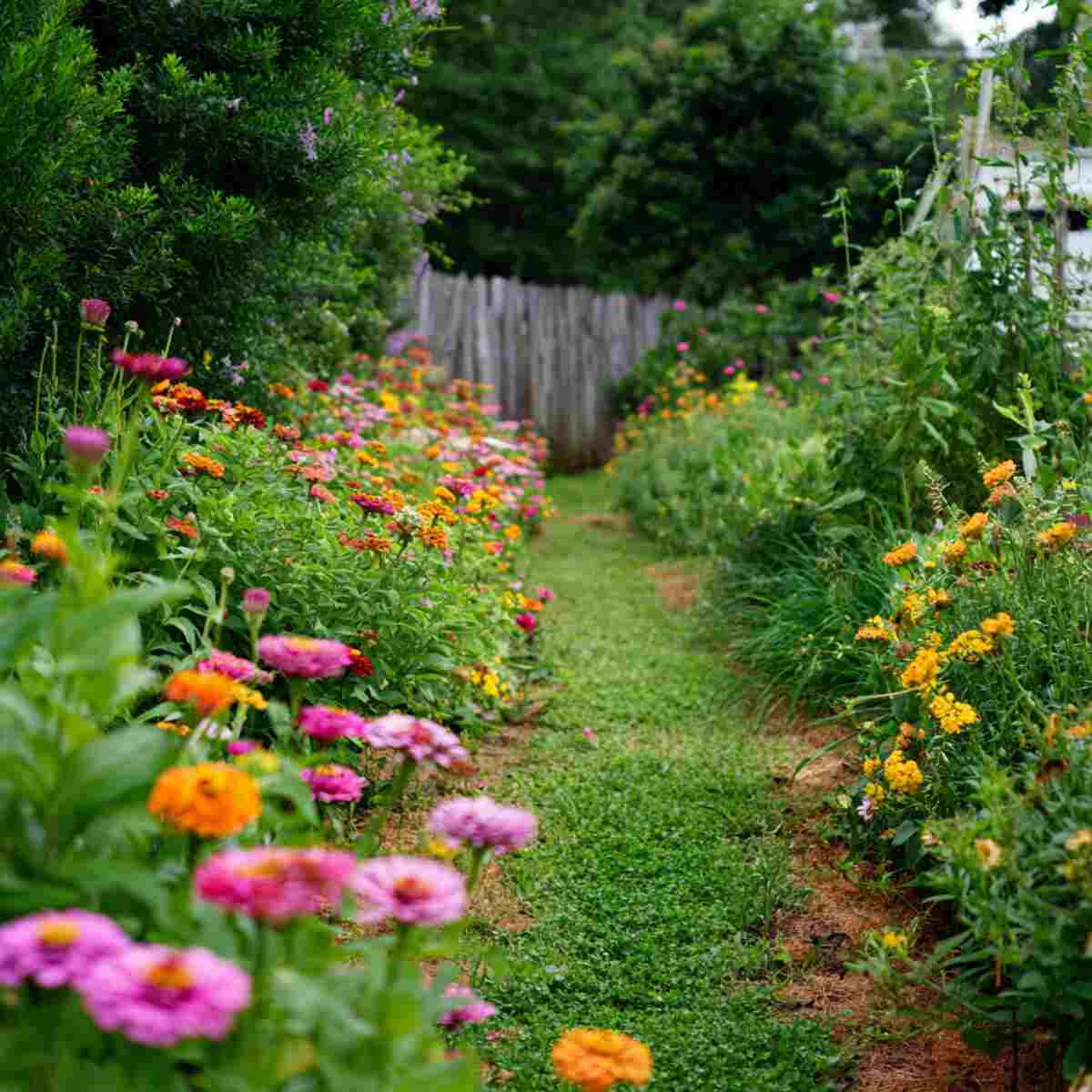
A flower strip teeming with pollinator-attracting blooms like lavender and borage ensures productive pollination throughout the garden.
This is one of the key Food Forest Garden Ideas that boosts fruit set and supports ecosystem stability.
It also invites natural pest predators, reducing the need for intervention.
Watch, 23 Creative Pollinator Garden Ideas to Boost Your Backyard
7. Fruit Tree Guilds
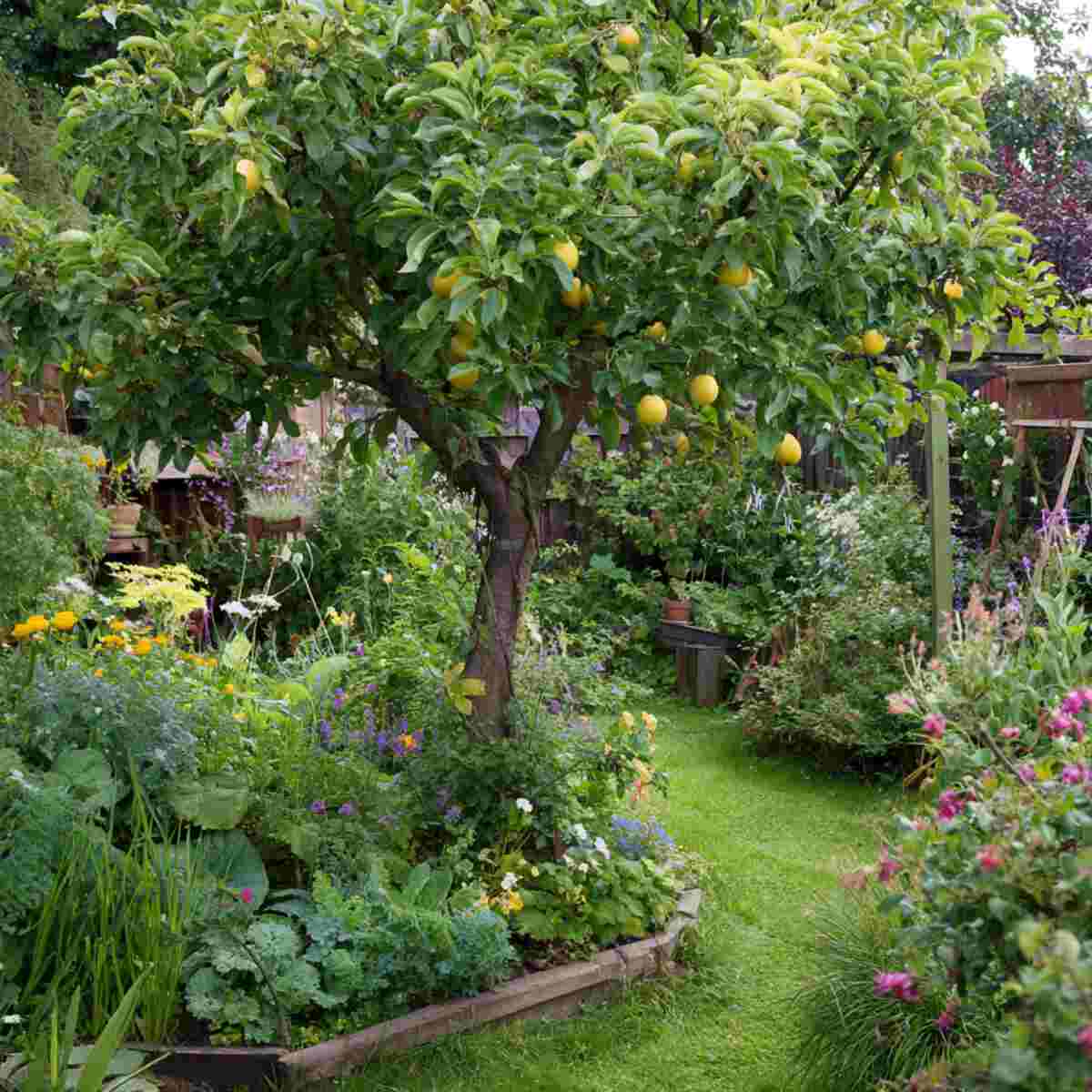
Fruit tree guilds are layered plant systems that support a central tree with complementary species like nitrogen-fixers, dynamic accumulators, and pest repellents.
This symbiotic arrangement is a cornerstone in many Food Forest Garden Ideas for boosting yield and minimizing maintenance.
Each guild becomes its own self-sustaining mini-ecosystem.
See, 23 Small Fruit Garden Ideas to Grow Fresh Produce in Small Spaces
8. Nut Tree Canopy
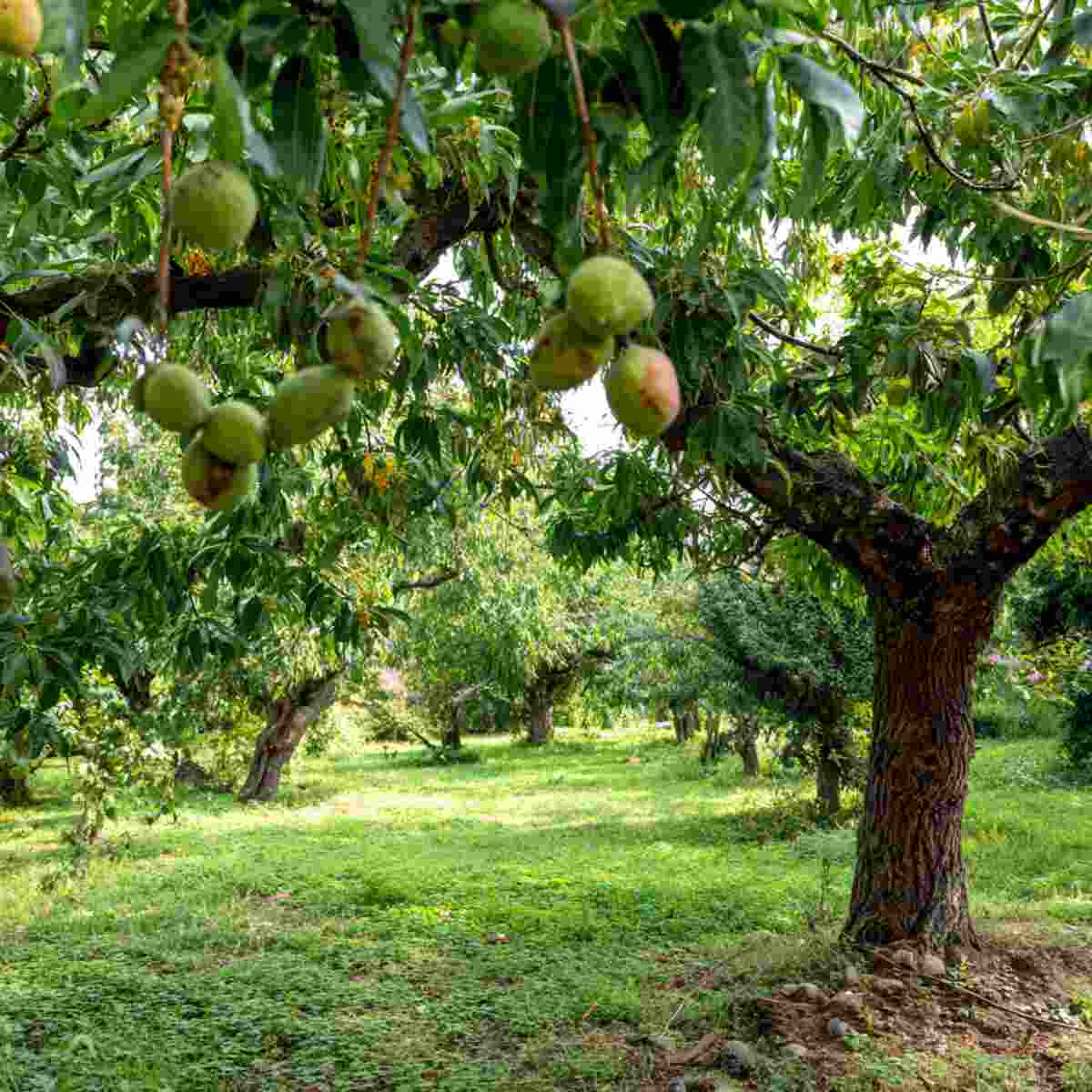
Incorporating nut trees like hazelnut or chestnut creates an upper canopy layer that provides shade, mulch, and high-calorie harvests.
This idea reflects long-term thinking in Food Forest Garden Ideas, offering food security and structural layering.
Nut trees also improve wind resistance and microclimate regulation.
See, 19 Natural Shade Trees That Instantly Cool Down Your Garden
9. Vertical Vine Trellises
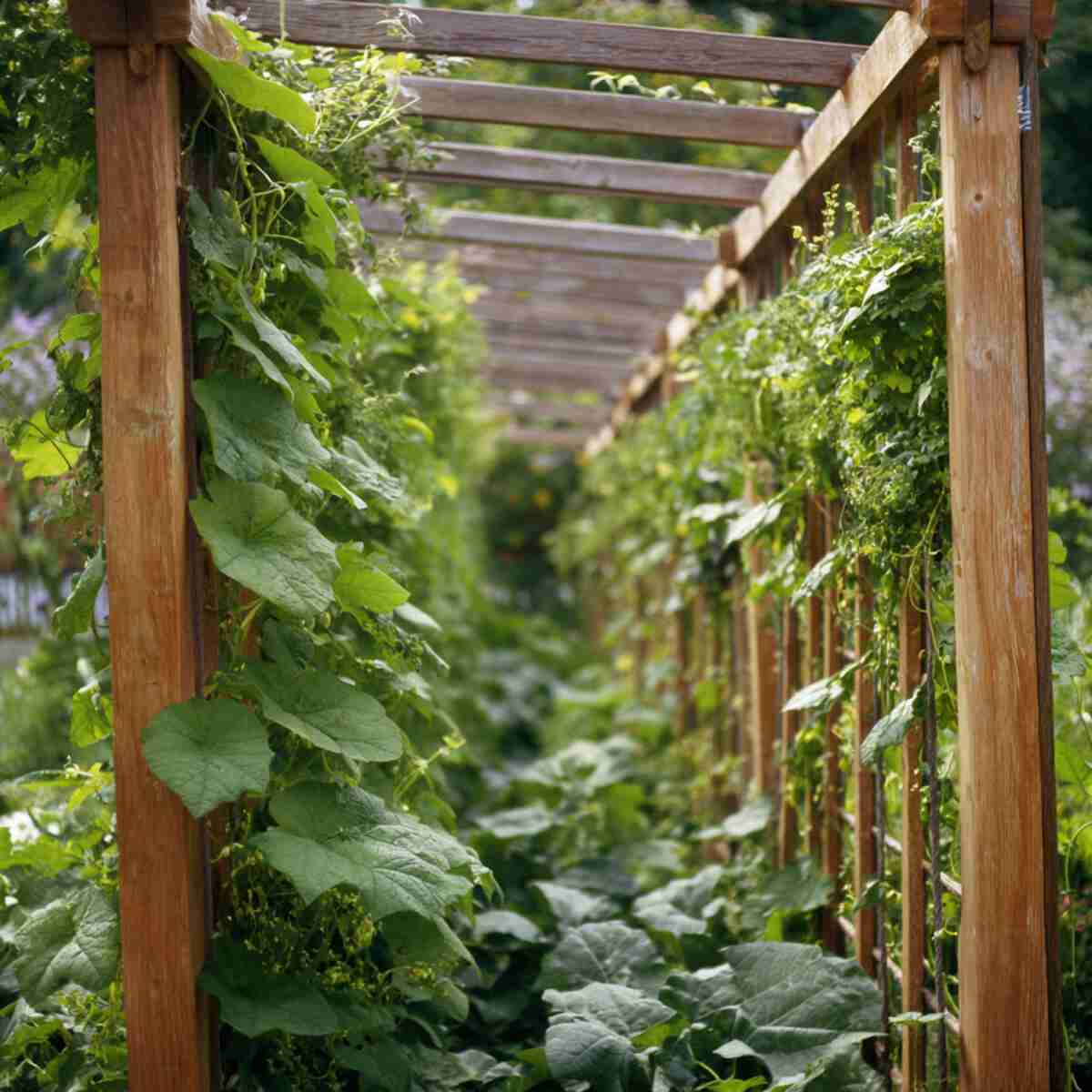
Trellises allow vining edibles like grapes or kiwi to grow upwards, saving space while increasing yields.
As one of the more efficient Food Forest Garden Ideas, vertical layers maximize sunlight exposure and airflow.
They also add visual interest and help segment garden zones.
10. Aquaponic Corner
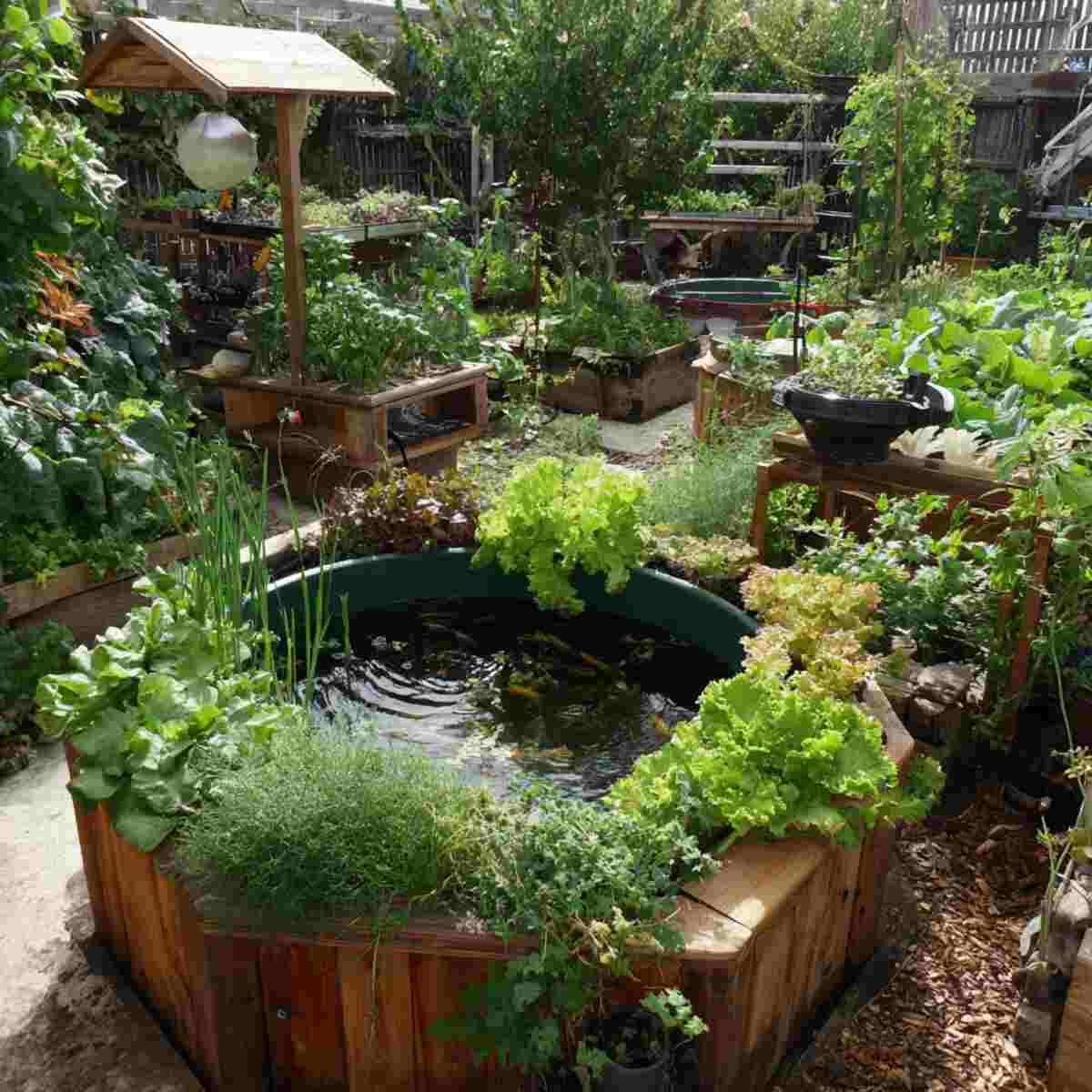
Combining fish and plants, an aquaponic system brings nutrient cycling into the heart of your food forest.
This water-efficient technique embodies the closed-loop philosophy central to Food Forest Garden Ideas.
It offers protein and vegetables while enriching the surrounding soil with water runoff.
11. Chicken Tractor Integration
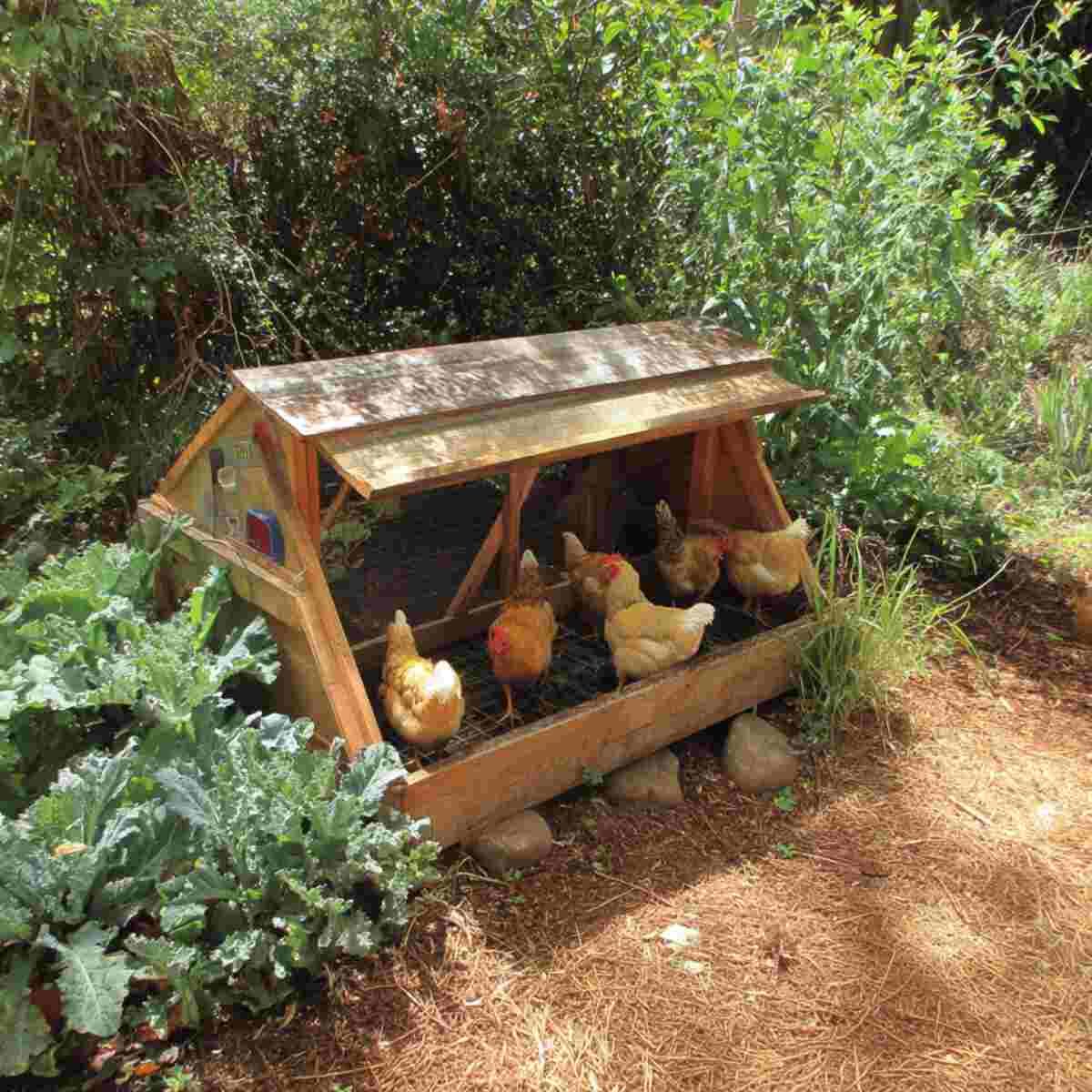
Chicken tractors, or mobile coops, let poultry fertilize, weed, and aerate the soil as they forage.
This is one of the most functional Food Forest Garden Ideas that turns livestock into active garden helpers.
It boosts soil fertility and reduces pest populations organically.
See, 20 Genius Garden Ideas for Happy Urban Chickens
12. Composting Zone
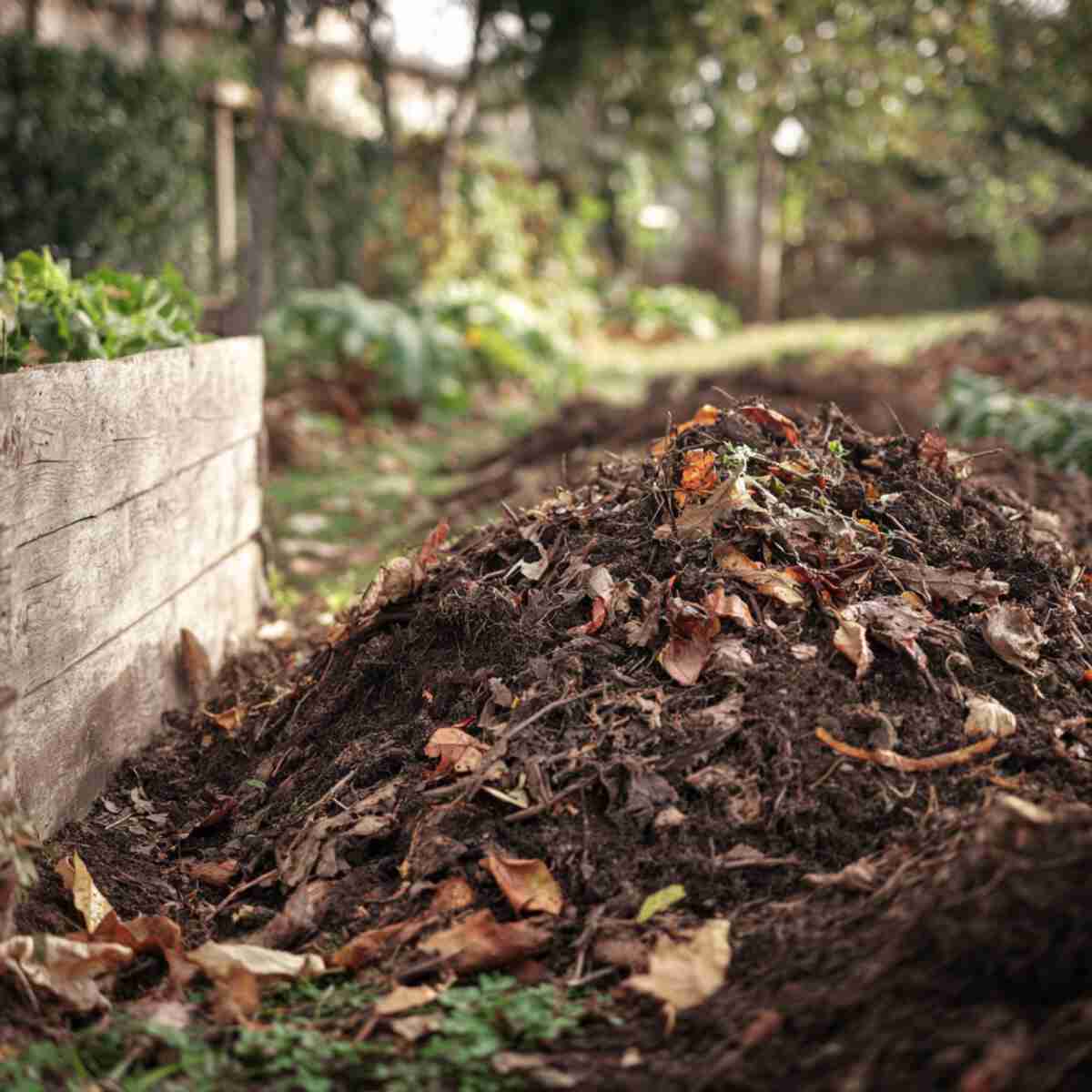
A designated composting area ensures organic waste is recycled into rich humus for the garden.
Food Forest Garden Ideas benefit greatly from this closed-loop system, enhancing soil structure and microbial life.
It reduces the need for external inputs and supports long-term productivity.
Watch, 18 Organic Composting Area Ideas to Turn Waste Into Garden Gold!
13. Rainwater Harvesting Swale

Swales are shallow ditches designed to capture and redirect rainwater into the soil.
This water management method is vital in drought-prone areas and a smart inclusion in Food Forest Garden Ideas.
It conserves water and promotes deep root growth in nearby plants.
14. Native Plant Buffer Zone
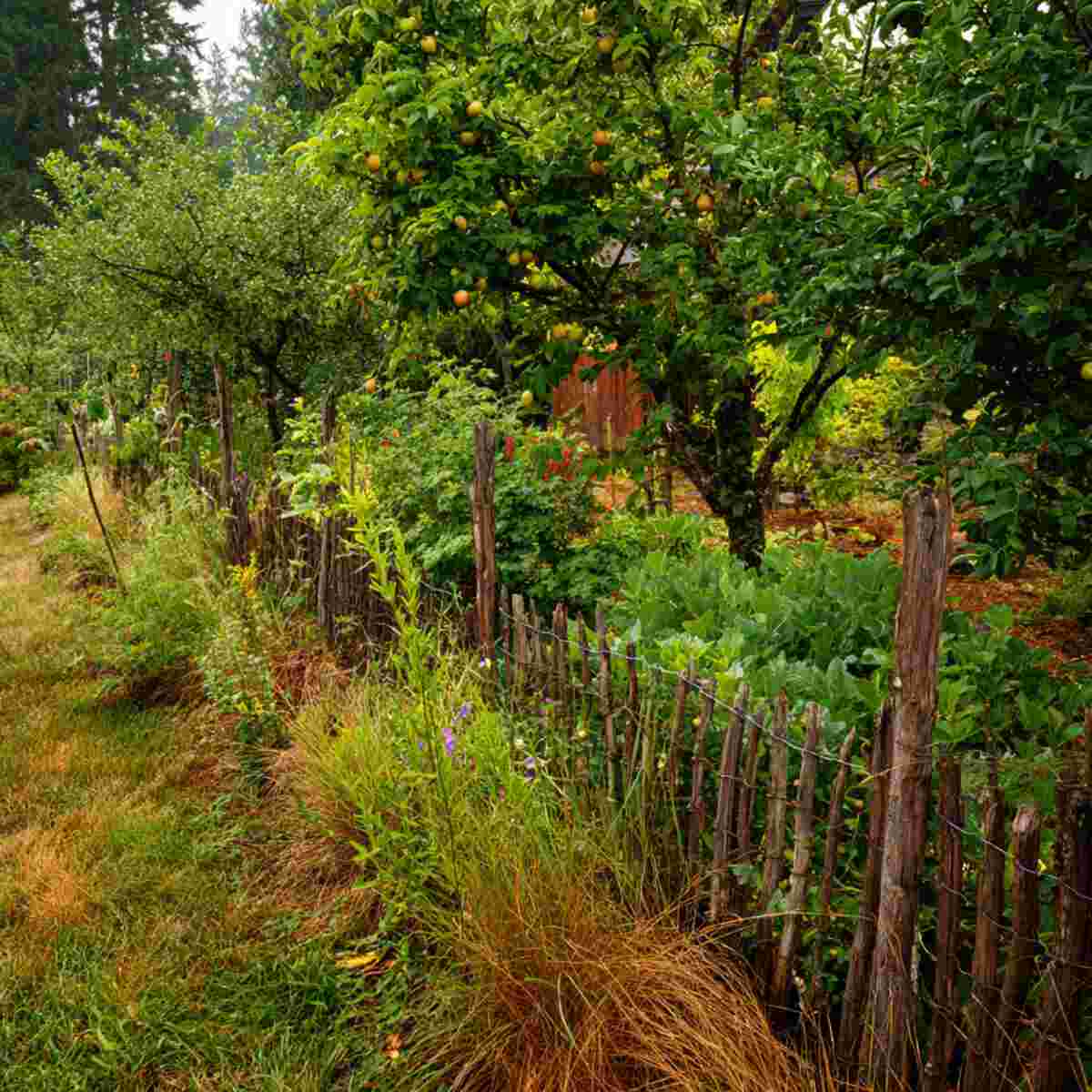
A buffer zone with native plants offers habitat for local wildlife and protection from invasive species.
Integrating this concept into Food Forest Garden Ideas fosters biodiversity and strengthens the garden’s resilience.
It also provides natural windbreaks and enhances the garden’s ecological balance.
15. Tea Plant Garden

Growing plants like mint, lemongrass, and chamomile creates a soothing tea garden that doubles as a useful edible space.
Tea gardens align beautifully with Food Forest Garden Ideas by offering health benefits and aesthetic charm.
They can also attract pollinators and deter pests.
16. Edible Perennial Pathways
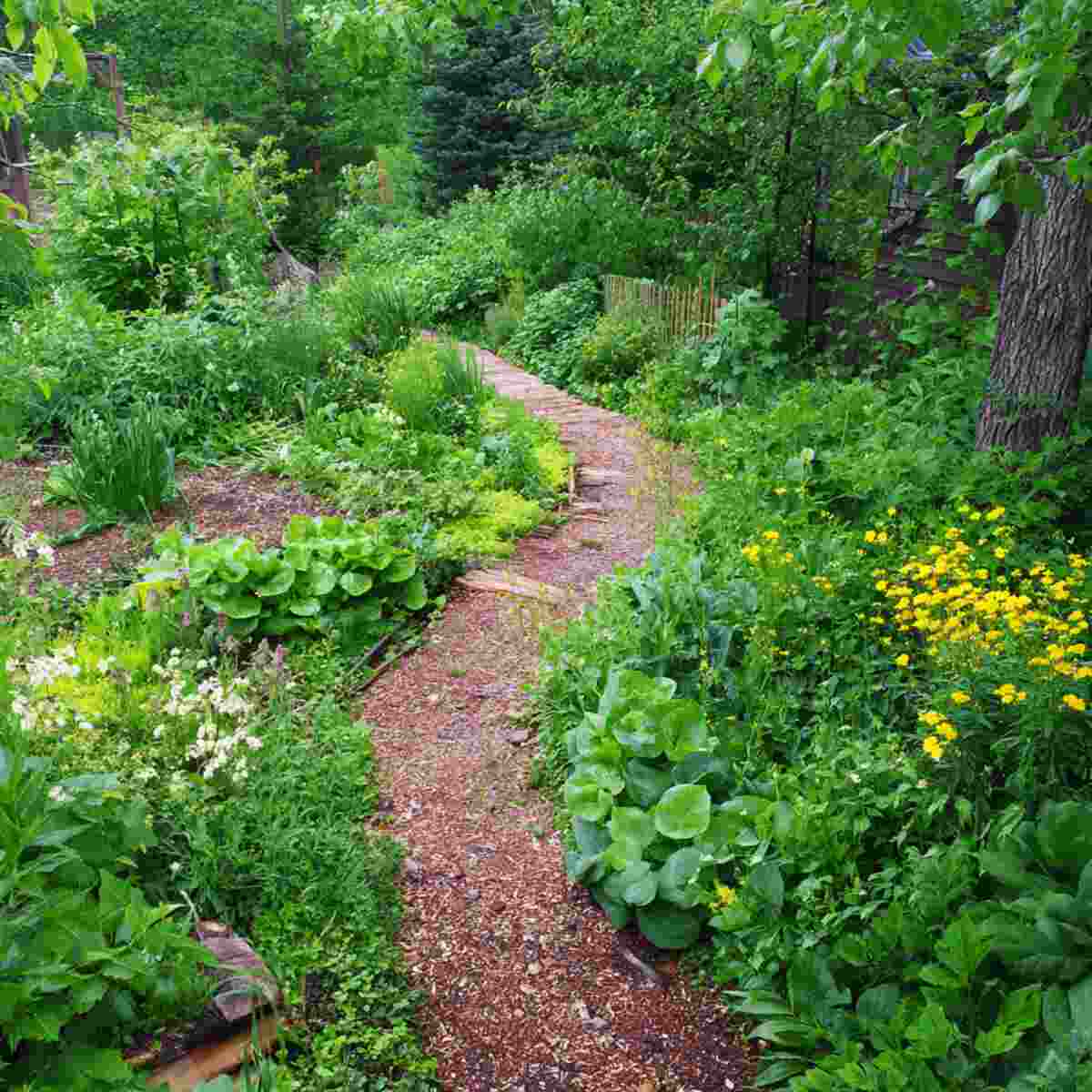
Designing pathways with edible perennials like daylilies or sorrel allows for productive walking zones.
These multifunctional walkways embody the efficiency championed in Food Forest Garden Ideas.
They reduce maintenance while adding beauty and surprise bites along the way.
17. Shade-Loving Edibles Understory
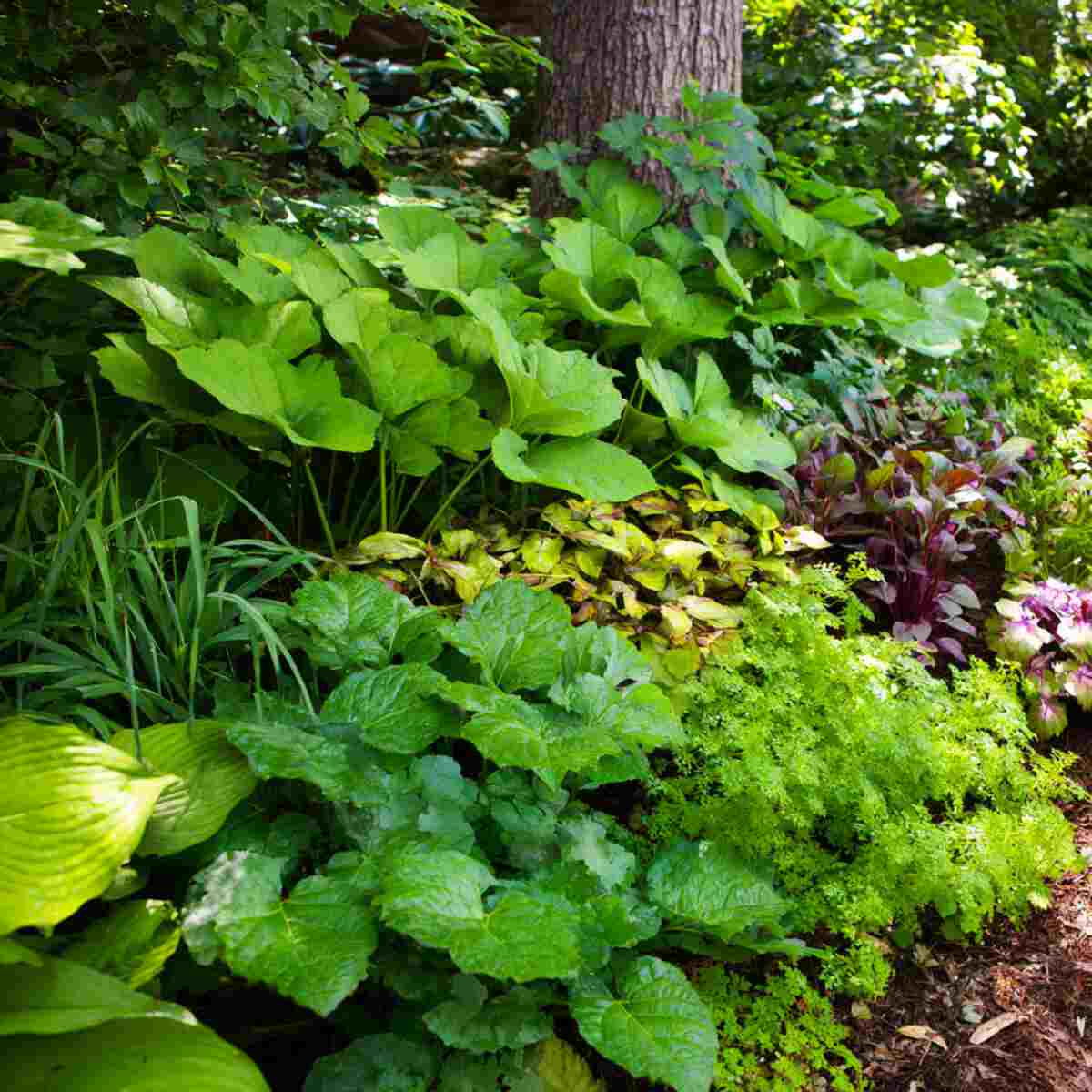
Beneath taller trees, you can grow shade-tolerant edibles like hostas, kale, or mint.
Utilizing every layer is a central principle of Food Forest Garden Ideas, and the understory is no exception.
It ensures no space is wasted while increasing diversity and resilience.
18. Wild Foraging Zone
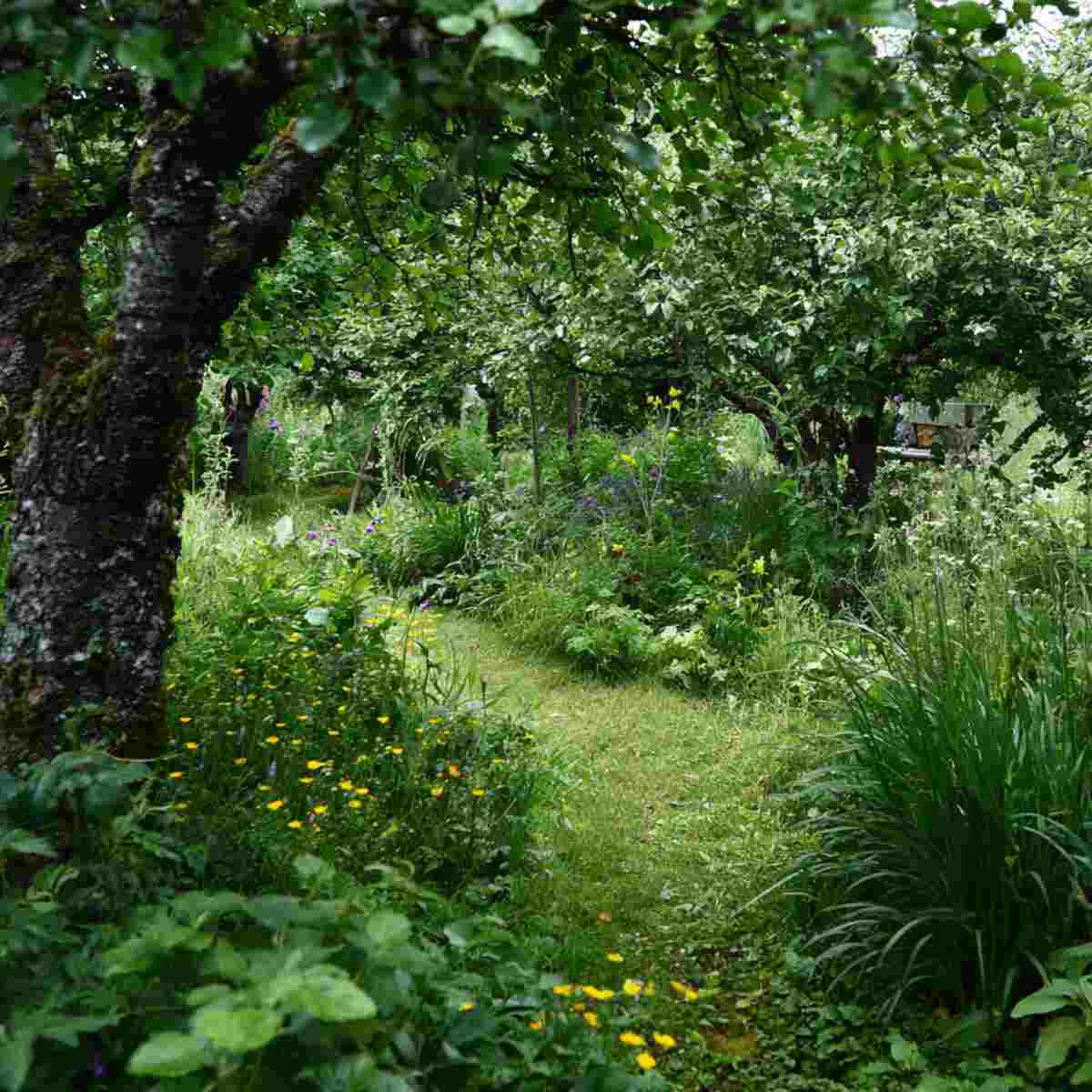
A wild foraging area invites plants like nettle, purslane, or dandelion to thrive naturally with minimal interference.
This is one of the more low-maintenance Food Forest Garden Ideas that honors natural processes and surprise harvests.
It promotes observation, connection, and self-sufficiency.
Watch, 20 Foraging-Friendly Garden Ideas You Can Start This Weekend
Food Forest Garden Ideas help you build a garden that works with nature, not against it.
By using layers like trees, shrubs, ground covers, and even animals, each part supports the others and keeps the system healthy.
These ideas make it easier to grow food, save water, reduce waste, and welcome helpful insects and animals.
Whether you’re starting small or planning a big backyard forest, these ideas can guide you toward a more sustainable and rewarding way to garden.
